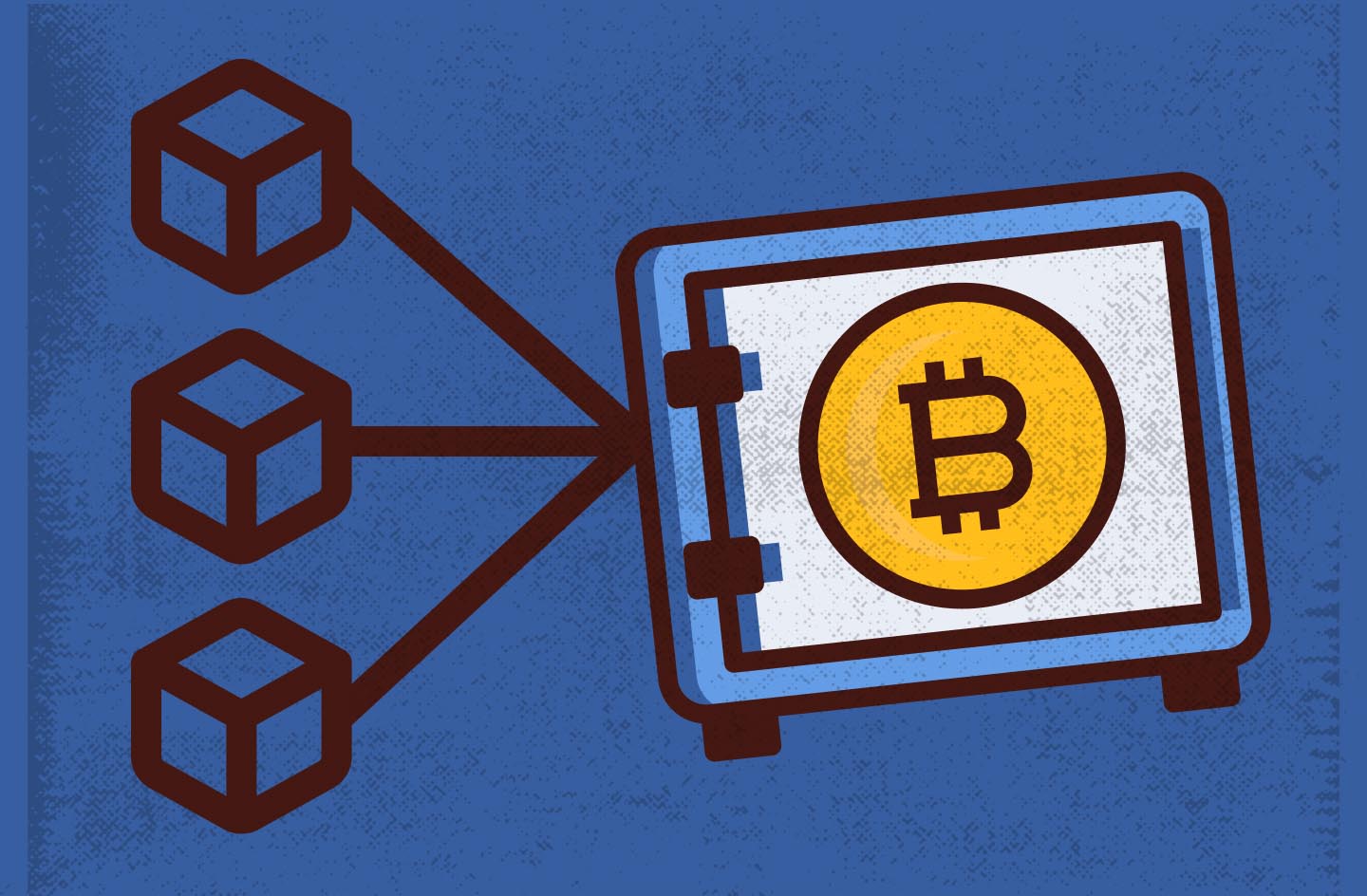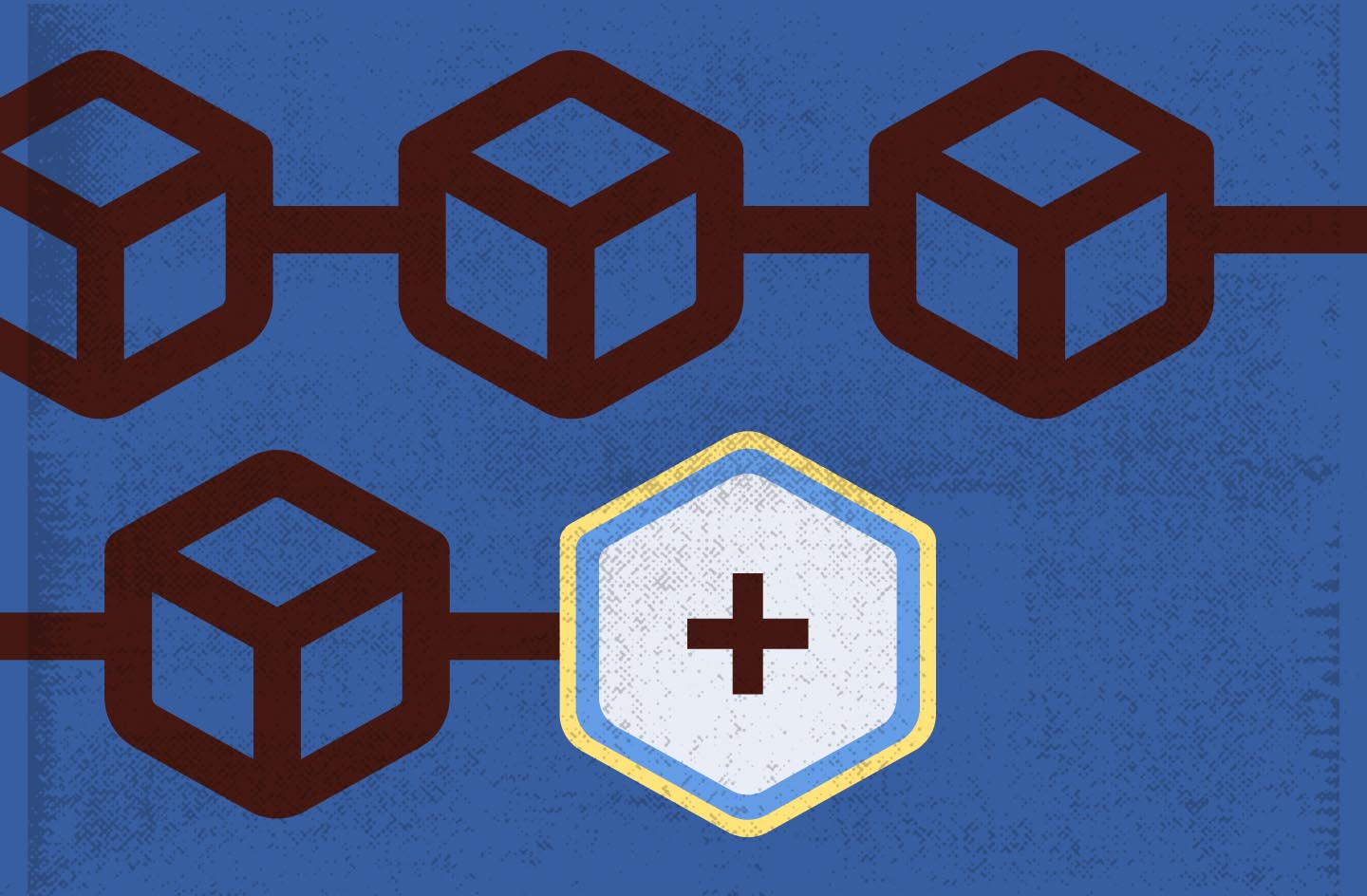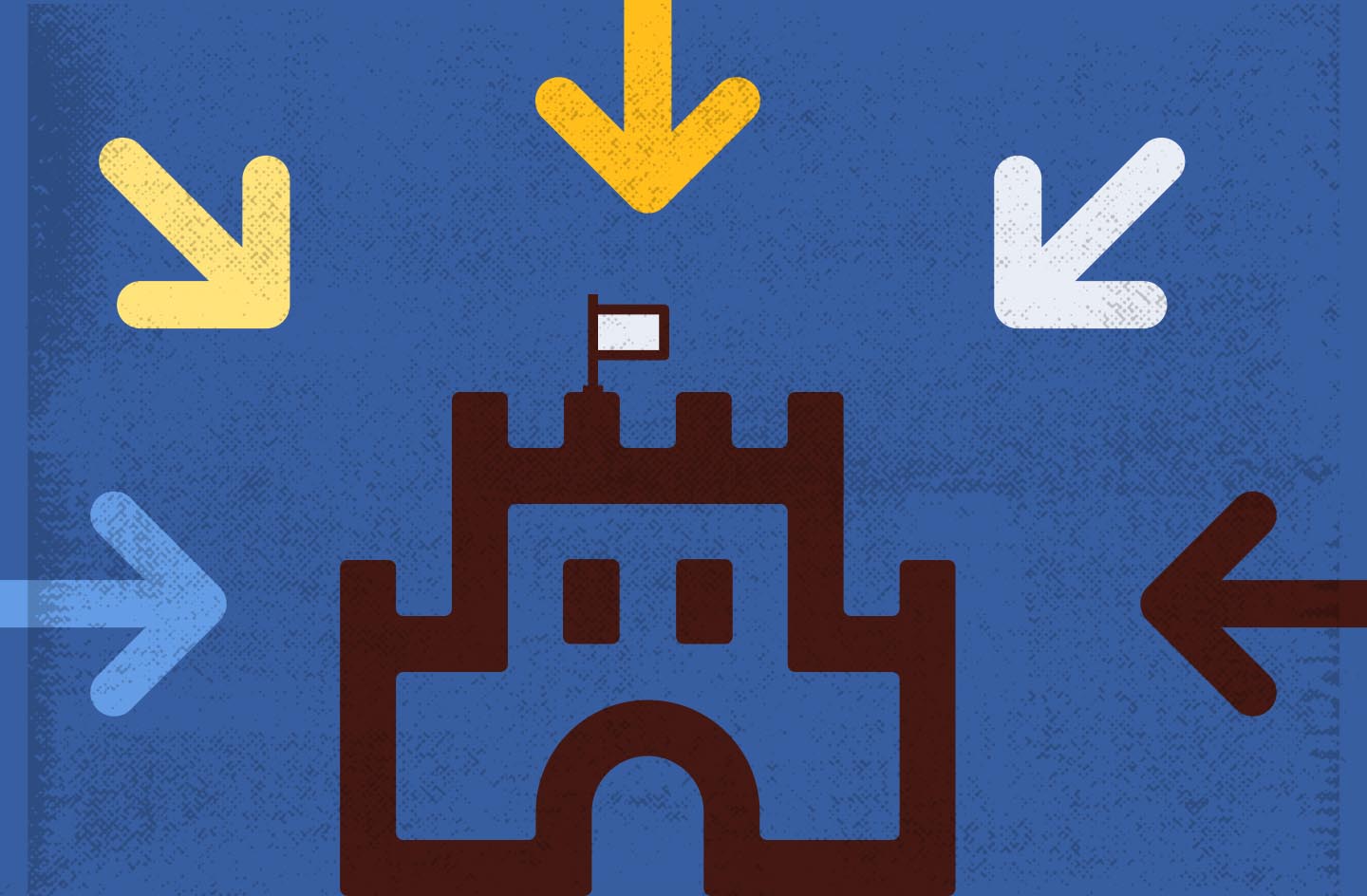Blockchain technology provides a reliable transaction history record through sequencing and verification. Cryptocurrency systems typically lack a centralized intermediary, so users have to reach an agreement (a consensus) on the correctness of entries added to the registry using predefined rules. There is still no ideal way to implement this process, so different consensus mechanisms have been created and are in active use.
What Are Consensus Algorithms?
Consensus in blockchain is a process whereby an agreement is reached – tens or hundreds of nodes in the system must be approved as a correct decision. If a consensus has been reached, the results of the transaction are recorded on the blockchain.
Different consensus algorithms are designed to maximize network reliability. When transactions are made, these algorithms take effect by exchanging information across the network to verify and confirm that a particular action can be performed. The same processes are applied if new nodes of records are created in blockchains or if network hardware synchronization occurs.
Types of Consensus Algorithms
One of the main differences between various cryptocurrency networks is the type of consensus algorithms used. Here are some of the most common types:
Proof-of-Work
 The first and most common consensus algorithm is PoW used for LTC, BTC, etc. The approach represents a simple design resistant to cyber-attacks. The computing power of all devices determines the efficiency of the algorithm and the consensus achievement in transfers in a particular network.
The first and most common consensus algorithm is PoW used for LTC, BTC, etc. The approach represents a simple design resistant to cyber-attacks. The computing power of all devices determines the efficiency of the algorithm and the consensus achievement in transfers in a particular network.
With PoW, each user who participates in the confirmation must prove the computational operations performed, which prevents spamming and DoS attacks. Complex cryptographic problems are solved using their own computing resources, and those participants who find the best solution can confirm financial transactions by adding blocks into blockchains. It turns out that miners compete to create subsequent blocks. The winning miner is rewarded with cryptocurrency tokens for spending their resources to find the solution.
Since PoW requires entering data of your own networks, it is considered quite difficult for cyber-attacks (you need to have at least 50% of the power of a particular network to execute a successful attack), but this is also a drawback because the algorithm is very costly in terms of power consumption. According to unofficial calculations, Bitcoin networks use more than 32 TW⋅h of electricity annually, equal to Denmark’s consumption, for instance. For this reason, despite its reliability, PoW is becoming a less relevant tool.
Delegated Proof-of-Stake
 The DPoS algorithm is very similar to PoS. However, in this case, participants possessing an impressive amount of coins have the ability to vote and select representatives (other trusted network members) to verify transactions. In doing so, the leading representative (the one who receives the most votes) can verify the financial transactions of other participants. Each user also can delegate their voting rights to another participant. The best-known blockchains using DPoS are EOS, Steemit and Tezos.
The DPoS algorithm is very similar to PoS. However, in this case, participants possessing an impressive amount of coins have the ability to vote and select representatives (other trusted network members) to verify transactions. In doing so, the leading representative (the one who receives the most votes) can verify the financial transactions of other participants. Each user also can delegate their voting rights to another participant. The best-known blockchains using DPoS are EOS, Steemit and Tezos.
Proof-of-Stake
 The PoS algorithm in various cryptocurrency networks (e.g., ETH) is considered an excellent alternative to the PoW-system. Binance, Cardano, IOTA, Nano, Tomo Chain, Zilliqa, TRON and other blockchains are based on this algorithm.
The PoS algorithm in various cryptocurrency networks (e.g., ETH) is considered an excellent alternative to the PoW-system. Binance, Cardano, IOTA, Nano, Tomo Chain, Zilliqa, TRON and other blockchains are based on this algorithm.
PoS is the most energy-efficient and decentralized solution. In comparison, PoW is about the processing power of network participants, while PoS is primarily about probabilities. The PoS algorithm relies on a probabilistic decision in selecting validators. In this case, the chance of receiving a block is determined by considering the number of coins that validators have contributed as collateral to protect their own network. The Blockchain Council can withdraw such pledges if there are violations from a particular validator.
Proof-of-Importance
 The PoI algorithm is a subtype of PoS that was developed for the NEM blockchain. It is based on a unique mechanism that defines a list of network users who can add new blocks to the blockchain. In return, participants in a particular network are allowed to charge a fee for any transaction carried out on a specific block. At the same time, the account with the highest “importance” parameter is given the privilege of selecting it for blockchain fees.
The PoI algorithm is a subtype of PoS that was developed for the NEM blockchain. It is based on a unique mechanism that defines a list of network users who can add new blocks to the blockchain. In return, participants in a particular network are allowed to charge a fee for any transaction carried out on a specific block. At the same time, the account with the highest “importance” parameter is given the privilege of selecting it for blockchain fees.
Byzantine Fault Tolerance
 These algorithms are based on the principle of an ancient math problem: a Byzantine army has surrounded a city, and they need to coordinate their actions during attacks and retreats – if the generals don’t reach a consensus, the operation will fail.
These algorithms are based on the principle of an ancient math problem: a Byzantine army has surrounded a city, and they need to coordinate their actions during attacks and retreats – if the generals don’t reach a consensus, the operation will fail.
The developers of Byzantine Fault Tolerance compared the task of the generals to the operation of a distributed blockchain database. If chain integrity is a must, forming fast connections in networks becomes a severe problem when using blockchains. That is why the BFT algorithm requires mass coordination. The essence of the algorithm is to reach consensus by voting, and a decision can be made even if some nodes do not respond or provide incorrect data. Thus, collective decision-making protects the system from failures.
The main advantage of Byzantine Fault Tolerance is the low cost and scalability of the solution. The algorithm is used in operating Zilliqa and Hyperledger. The Multisignature Fault Tolerance algorithm is considered a subtype of BFT, the main difference of which is a limited number of participants in the network (up to 10). At the same time, the Byzantine approach has an unlimited number of users.
Federated Byzantine Agreement
 The FBA algorithm was initially used for Ripple, but then it was refined and the developers of Stellar began using it. Its approach is based on a trust mechanism, where each user trusts specific participants, which results in a circle of trust, within which the ease of reaching an agreement is ensured. Furthermore, there can be an unlimited number of such circles, guaranteeing the achievement of consensus of the whole network.
The FBA algorithm was initially used for Ripple, but then it was refined and the developers of Stellar began using it. Its approach is based on a trust mechanism, where each user trusts specific participants, which results in a circle of trust, within which the ease of reaching an agreement is ensured. Furthermore, there can be an unlimited number of such circles, guaranteeing the achievement of consensus of the whole network.
Proof-of-Burn
 The PoB algorithm allows miners to “burn” cryptocurrency to add data into new blocks in the amount proportional to the burned tokens. As a rule, PoB is used to achieve consensus in Slimcoin cryptocurrency.
The PoB algorithm allows miners to “burn” cryptocurrency to add data into new blocks in the amount proportional to the burned tokens. As a rule, PoB is used to achieve consensus in Slimcoin cryptocurrency.
There are other algorithms, but they are not yet widespread. Furthermore, as the cryptocurrency market expands, blockchain technology also evolves, which requires new and more advanced consensus algorithms. Therefore, soon we can expect the introduction of new approaches, which will be based on different mechanisms and ensure the increased efficiency of cryptocurrency networks.










